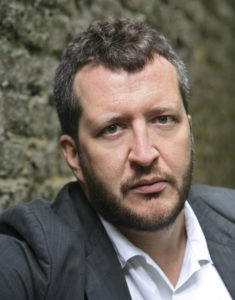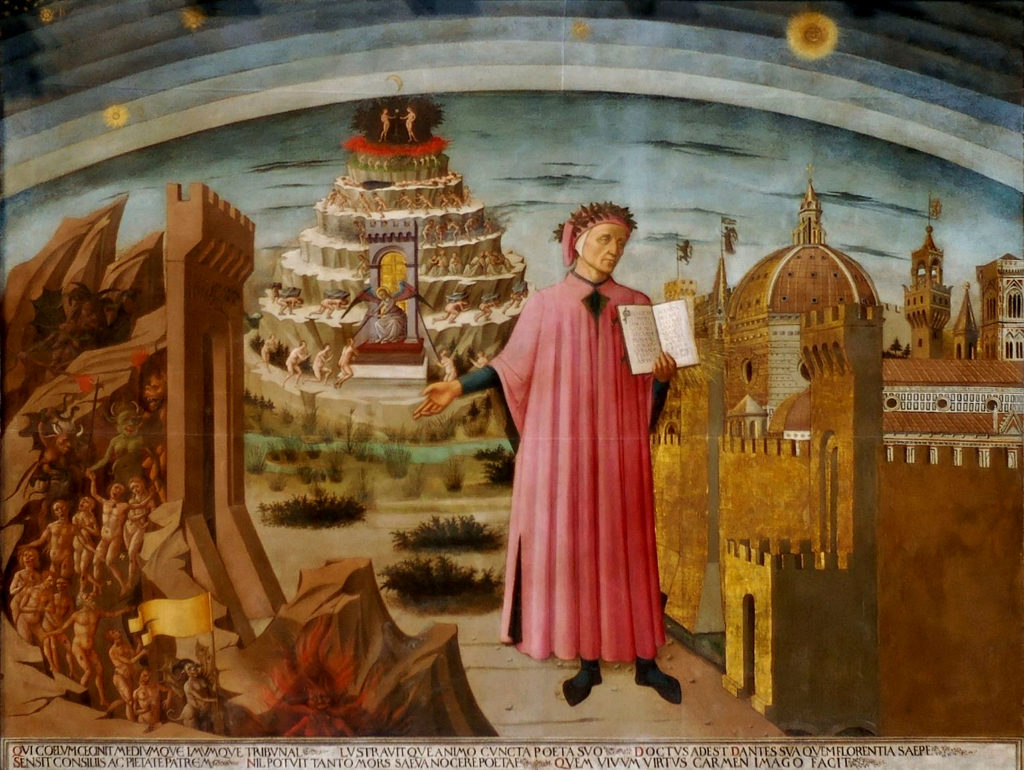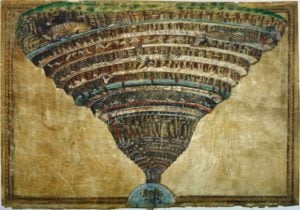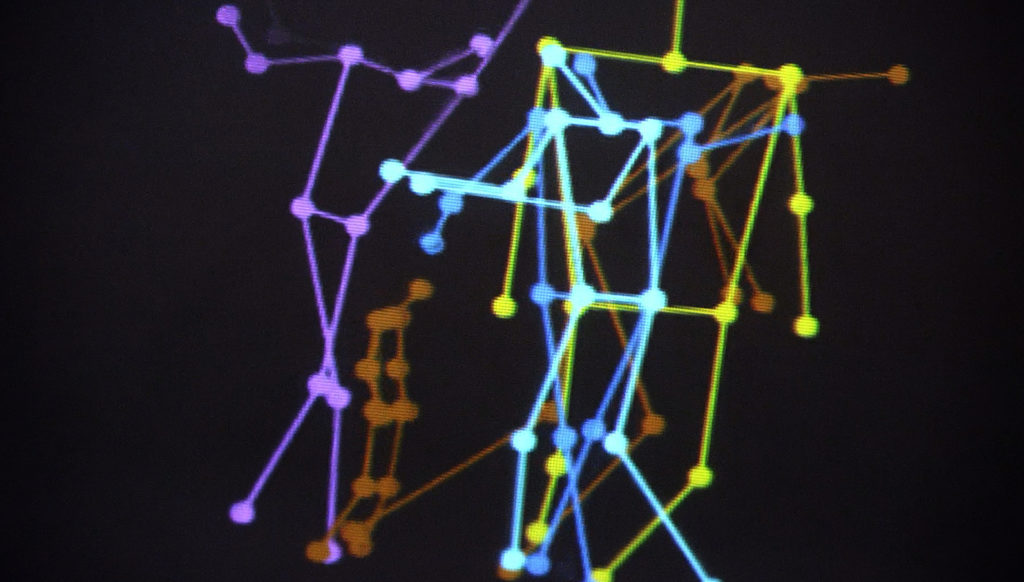How Avant-Garde Composer Thomas Adès Made A Muse of Los Angeles
Something special is happening at the Music Center this weekend, as Adès & McGregor: A Dance Collaboration engineers an interdisciplinary mini-festival of works by Thomas Adès. The British composer will be conducting the L.A. Phil in his own compositions and Wayne McGregor Company and the British Royal Ballet will be performing works by McGregor and his new AI machine — all backed by visual and costume design from noted artist Tacita Dean and a video installation by designer Ben Cullen Williams, the latter inspired by McGregor’s computer.
This is far from the first important work by Adès presented in Los Angeles; though a Brit, he has called this town his second home for over a decade — since 2008 when the L.A. Phil first commissioned the seven-movement orchestral work In Seven Days, which is the piece (Living Archive: An AI Performance Experiment) whose new choreography and sculptural video facet both respond to the algorithm. The Royal Ballet’s principal dancer, Ed Watson, portrays Dante.
The other major work this weekend will be Inferno, the first movement of a new Divine Comedy which in its multilayered scope and ambitions of visual art and spectacle present a unique set of more analog challenges. When L.A. Weekly caught up with Adès, he had just come from a rehearsal (more of a tech scout really). “Sorry to be a bit late!” he says in his posh deep-toned accent. “We were having trouble figuring out how to fit every drum in Los Angeles onto the stage.”

Thomas Adès (Brian Voce)
We spoke while he was driven back to his home in the Hollywood Hills, a casually chic retro-modernist treehouse he bought not long after realizing that he was destined to be an Angeleno, at least some of the time, forever. In 2008, when In Seven Days was originally commissioned, Adès had first spent time here in a serious way. He had come here to write and collaborate on the “video ballet” portion of the work, and fell in love with the city.
When he arrived, Betty Freeman (the noted philanthropist and music patron who passed away in 2009 at the age of 87) showed him around. “She set out to seduce me with the city, and she succeeded,” Adès says. “The first person she took me to see was Hockney. Since then my relationship to L.A. has changed — and deepened. The beauty and the glam are all still there, of course, but it’s mellowed into more of a David Lynch thing. I think about Mulholland Drive a lot. Lynch is a true surrealist!” he says. “My mother loves him.”

Domenico di Michelino: Florence’s Duomo Santa Maria del Fiore, including La commedia illumina Firenze (The Comedy Illuminating Florence), showing Dante c 1458
And indeed his mother knows from surrealists. Dawn Adès is a noted art historian and a particular expert in European surrealism of the 20th century. She immersed him early on in the fanciful ways of the surrealist artists and poets she loved, and these figures remain prominent in his own conceptual and stylistic approach. “I was never quite the well-behaved piano student,” Adès says. “I was always fantasizing, and I still am! I grew up with Dali, Breton, and Buñuel. Surrealist thinking was normal — nay, encouraged.”
Adès is quite clear about the ongoing influence of surrealist thought on his own work; although music was not necessarily central to the classic surrealist scene, its patterns of thought are indelible. “I see reality in a funny way,” he says. “Like that it isn’t there. Surrealism is a space of unspoken connections, forbidden connections. Dance itself can be so shocking, wicked, scary. In the end it comes to this: What is reality? I think all my work tries to answer that question.”
And to his mind, Los Angeles, per Lynch, is a quintessentially surrealist city — strange, and not what it seems on the surface. He appreciates that it has a Gothic side, extraordinary characters, and the legacy of writers like Chandler, Fante and Ellroy. “And there’s this other intangible thing among film-makers, writers, artists. It feels like the Divine Comedy. The continuum of Limbo and into the first levels of the underworld, this feels like my own experience here,” he says. “The juxtaposition of sunshine and darkness, it’s a delicious place, a joyful place, but with a kind of darkness at the heart.”

Sandro Botticelli: La Carte de l’Enfer, c 1485
According to Adès, the 14th-century text by Dante is really about states of existence, an allegory with a way to read it psychoanalytically, and he sees this production as “an opportunity to reconsider the text, for modern people, to let them know this is about their life right now, literally today, this morning.”
Inferno premiered at Disney Hall conducted by Dudamel in May. It is the first act which along with Purgatory and Paradise will comprise a full Divine Comedy, commissioned by L.A. Phil and The Royal Ballet to debut in London in May 2020. For this L.A. advance, Inferno’s stage backdrop will be a monumental drawing by Dean, for what will become a built set in London. No word yet on how this interacts with the proliferating percussionist situation. As of this writing, Adès is confidently awaiting their creative solution to the fact that the orchestra in no way fits in the pit at Dorothy Chandler. It will involve spillage and maybe scaffolding; that has happened before. It seems Adès has a penchant for bells, a big deep bass gong or three, tympanies, whips, rattles, and spatulas. It takes up room.

Google Arts & Culture, Living Archive, graphics still
“Music is visual, and dance is the most obvious, but not the only, manifestation of that,” he says. “Videos, like dance, can be organic, integrated as part of the music, in the same way as the dancer and the dance.” As a general matter, the L.A. Phil “gets it,” he says. “They offer complete freedom to do what you want to your full capacity.” It’s no wonder Adès likes working here.
“Dante puts things in the wrong place, to unlock the keys to the unknowable. Even in the happy bits like Paradise, you cannot feel time. It’s uncanny, eerie, spooky. My music is like that I think. Weirdness, perversity, deviance.” Perhaps this very weirdness is what attracts his fans as new audiences to the classical genre. “I had more than one beloved mentor say my work was ‘in slightly poor taste.’ I knew I was onto something.”
Adès & McGregor: A Dance Collaboration at Music Center
Advertising disclosure: We may receive compensation for some of the links in our stories. Thank you for supporting LA Weekly and our advertisers.

